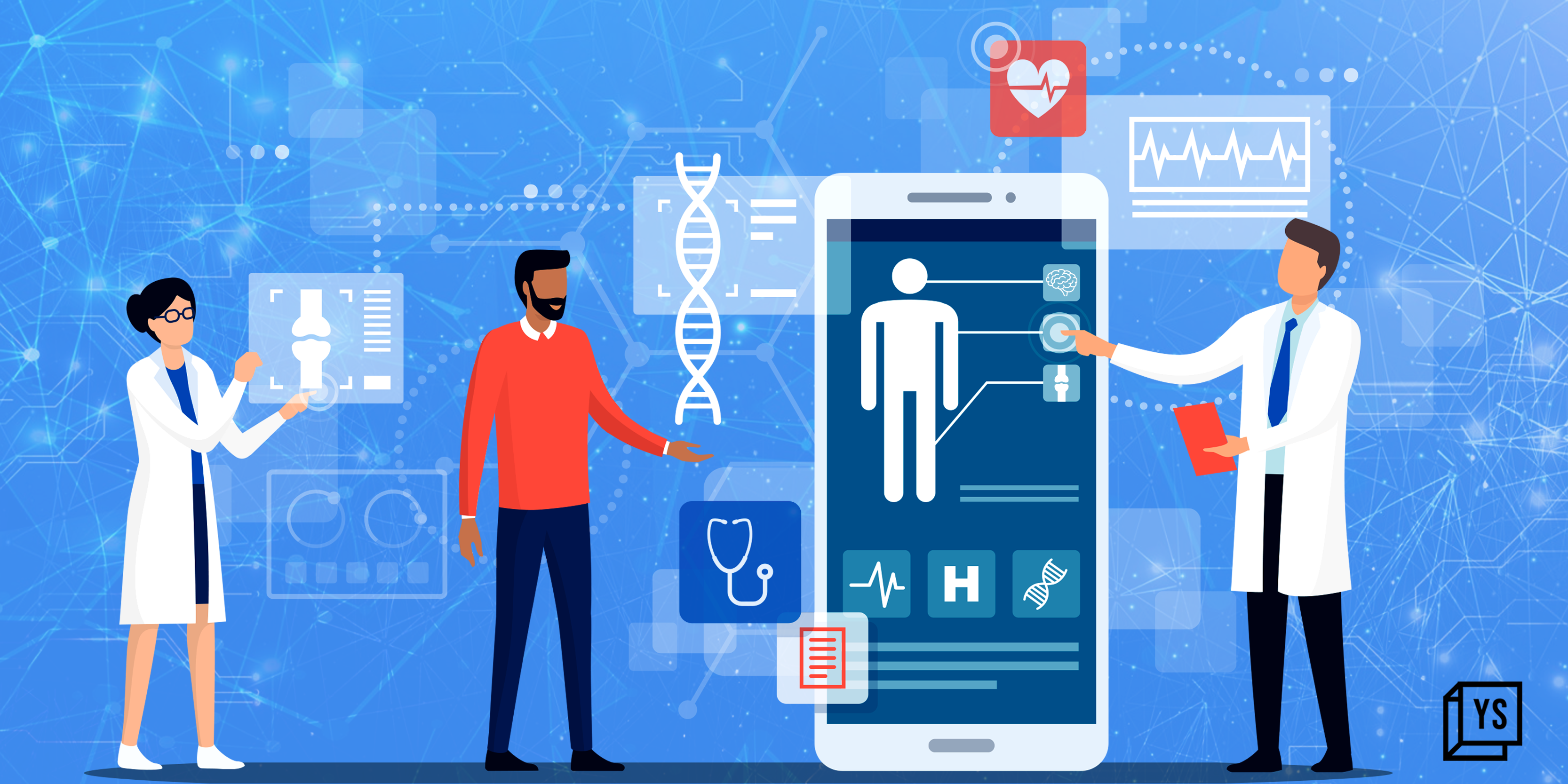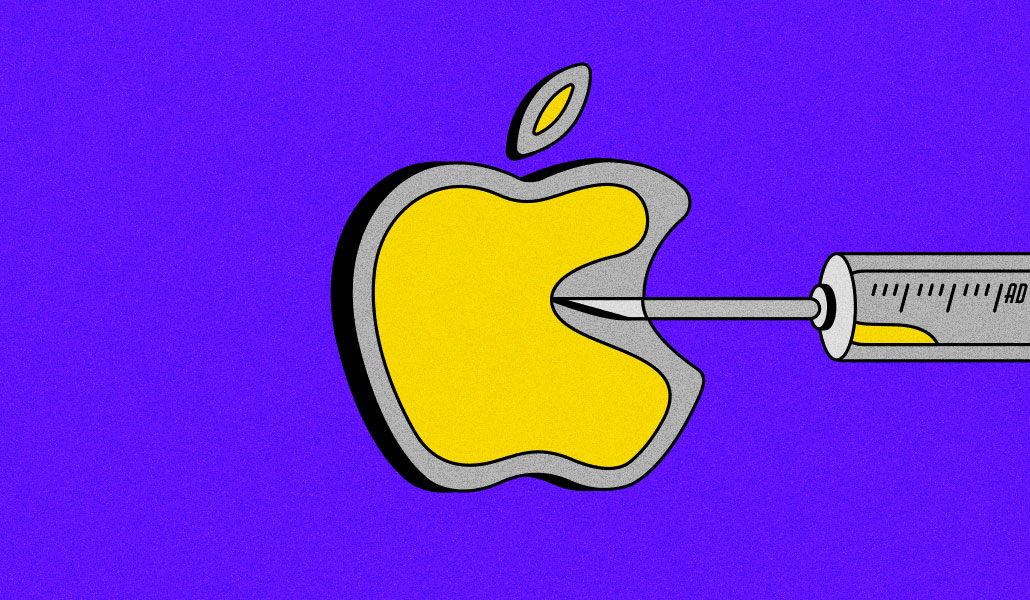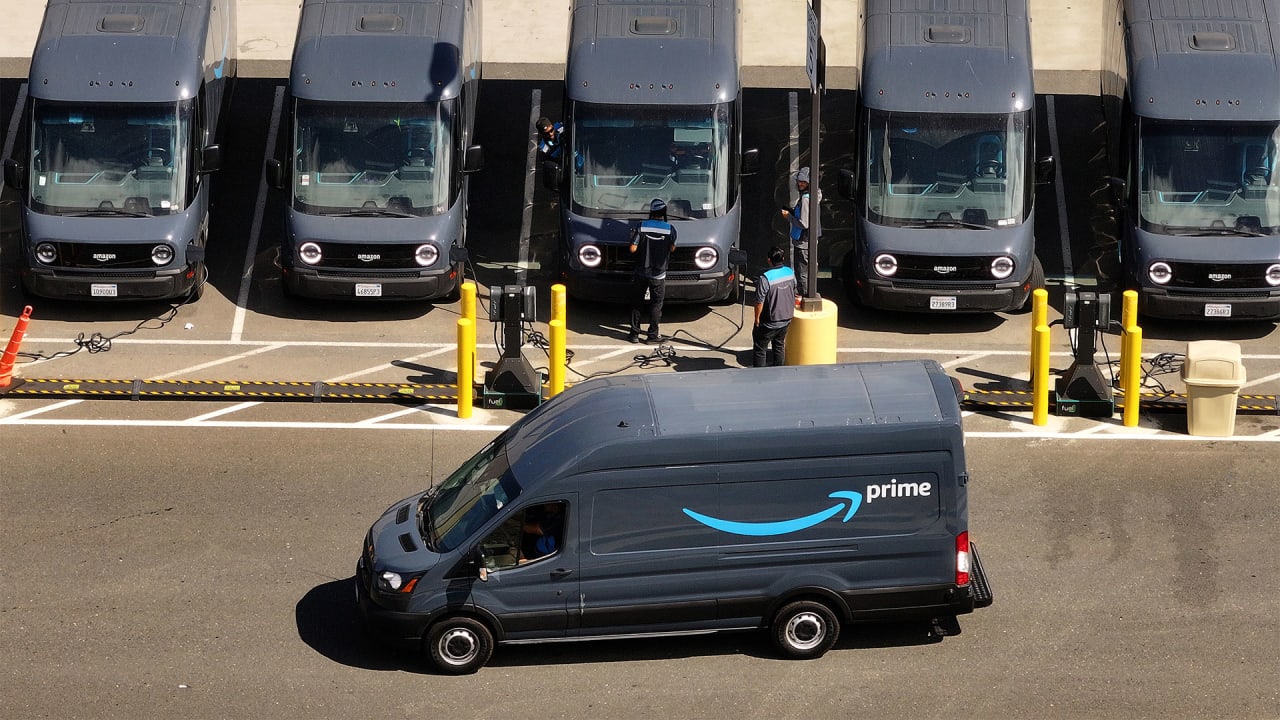Path from innovation to implementation: State of AI co-pilots in healthcare
By enabling deeper collaboration and enhancing productivity in complex use cases, AI co-pilots are a step up from general-purpose AI assistants, which primarily handle tasks like reminders or scheduling.


An AI co-pilot is a contextually aware assistant that automates tasks and provides guidance to the user. By enabling deeper collaboration and enhancing productivity in complex use cases, AI co-pilots are a step up from general-purpose AI assistants, which primarily handle tasks like reminders or scheduling.
So, how do healthcare AI co-pilots work, where does the technology stand today, and what can we expect going forward? We will focus on three co-pilots: administrative, physician support, and diagnostics.
Administrative co-pilots
The global healthcare industry is burdened with administrative costs. The US spends roughly 20% of its $4.5 trillion annual healthcare expenditure on administrative expenses, and Revenue Cycle Management (RCM) is the largest segment.
Traditionally, Robotic Process Automation (RPA) has been the choice of technology for automating RCM workflows. This might see a complete transformation with the introduction of agentic AI. Unlike RPAs, which are rule-based systems, agentic AI is dynamic and can adapt to nuanced data, learn in complex environments, and suggest and perform actions.
Most automated workflows in RCM today analyse claim denials and suggest corrective actions, but AI agents can go several steps further—autonomously submitting claims, tracking status, following up, and resubmitting denied claims with corrections without human intervention.
The year 2025 will be pivotal for legacy RCM companies. They will have to scamper to build (or buy) agentic AI solutions or face their own Kodak moment.
Patient engagement is also experiencing its own wave of disruption. Traditionally, providers have relied on in-house or outsourced staff/call centres to handle patient engagement.
We saw the emergence of voice AI in 2017, aimed at automating these workflows, but these solutions lacked the sophistication to manage complex and dynamic clinical interactions with patients. With the advent of LLMs, voice AI has seen a resurgence, overcoming the limitations of its predecessors, promising personalised patient engagement.
Physician co-pilots
Physician burnout is one of the top global problems for healthcare: 53% of doctors in the US were experiencing burnout in 2023, up from 38% in 2020. Physicians spend around 15 hours per week on admin tasks.
As scribing capabilities are becoming commoditised over time, these co-pilots have developed new use cases, including pre-visit charting, creating structured clinical notes, preparing discharge summaries or after-visit summaries, and responding to patient messages.
In 2025, we expect the physician co-pilot market to consolidate, driven by mergers and acquisitions, priority integrations with EHRs (For example, Abridge and DAX are working with Epic and Suki), and even fierce competition from EHRs and big tech (For example, Large EHRs like Epic and Oracle are building their own AI capabilities, while AWS is pushing HealthScribe).
Diagnostic co-pilots
In medicine, “the eyes seeing only what the mind knows” can be the difference between life and death for a patient. Modern medicine continues to add ‘aids’ (devices, blood tests, scans, etc.) to enhance the capabilities of physicians, with AI being a new frontier that promises to improve diagnostic precision, personalise treatment plans, and streamline decision-making in ways previously thought unimaginable. But the outcome has been underwhelming.
Many general-purpose LLMs produced high scores on LLM medical benchmarks, claiming diagnostic use cases. However, we are yet to see the scaled and monetisable implementation of LLMs as diagnostic co-pilots. The reasons for their poor adoption are the time, effort, and cost, as well as the high regulatory burden for FDA clearance and approvals required for diagnostic use cases.
The road ahead
AI co-pilots can solve healthcare’s most pressing challenges, such as reducing administrative costs, alleviating physician burnout, and enhancing diagnostics. The pace of adoption has not matched the speed of AI innovation in healthcare so far. Bridging this gap will be essential for realising the promise of AI co-pilots.
Looking ahead, we expect AI co-pilots to take a different shape, transitioning into more integrated healthcare workflows. Physician co-pilots, for example, could extend into areas such as care navigation and remote patient monitoring. Meanwhile, administrative co-pilots could transition into more comprehensive solutions that manage the entire care operation.
Ashish Sharma is the Senior Associate - New Ventures at 2070 Health
Edited by Suman Singh
(Disclaimer: The views and opinions expressed in this article are those of the author and do not necessarily reflect the views of YourStory.)














![31 Top Social Media Platforms in 2025 [+ Marketing Tips]](https://static.semrush.com/blog/uploads/media/0b/40/0b40fe7015c46ea017490203e239364a/most-popular-social-media-platforms.svg)


































































































































![[Webinar] AI Is Already Inside Your SaaS Stack — Learn How to Prevent the Next Silent Breach](https://blogger.googleusercontent.com/img/b/R29vZ2xl/AVvXsEiOWn65wd33dg2uO99NrtKbpYLfcepwOLidQDMls0HXKlA91k6HURluRA4WXgJRAZldEe1VReMQZyyYt1PgnoAn5JPpILsWlXIzmrBSs_TBoyPwO7hZrWouBg2-O3mdeoeSGY-l9_bsZB7vbpKjTSvG93zNytjxgTaMPqo9iq9Z5pGa05CJOs9uXpwHFT4/s1600/ai-cyber.jpg?#)










































![How to Find Low-Competition Keywords with Semrush [Super Easy]](https://static.semrush.com/blog/uploads/media/73/62/7362f16fb9e460b6d58ccc09b4a048b6/how-to-find-low-competition-keywords-sm.png)



